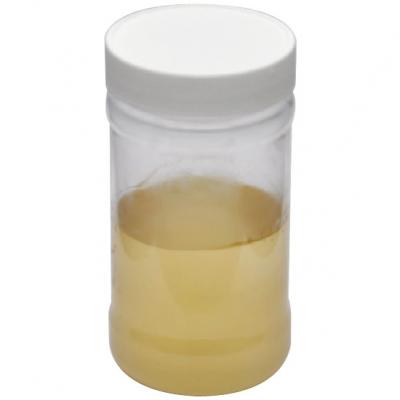The Art and Science of Vibrant Hues
In the dynamic world of textile dyeing, achieving vibrant and lasting colors is an art as much as it is a science. The quest for brilliance and longevity in textile hues has led to significant advancements, with acid donors emerging as key catalysts in this colorful revolution. Let's dive into the fascinating realm where chemistry meets creativity, exploring how acid donors are transforming textile dyeing processes and elevating the spectrum of vibrant colors.
The Acid Donor Advantage
Unraveling the Chemistry
At the heart of the revolution is the intricate chemistry behind acid donors. These compounds play a pivotal role in adjusting the pH levels during the dyeing process, creating an environment conducive to optimal color absorption. The interaction between acid donors and textile fibers ensures not only vibrant colors but also enhanced colorfastness, resisting the fading that often plagues conventional dyeing methods.
Versatility in Textile Applications
One of the remarkable aspects of acid donors is their versatility. From natural fibers like cotton and wool to synthetic counterparts such as nylon and polyester, acid donors prove their mettle across a broad spectrum of textiles. This versatility opens up new possibilities for designers and manufacturers, empowering them to explore diverse fabrics without compromising on the richness of color.
Sustainable Dyeing Practices
Reducing Environmental Footprints
As the textile industry faces increased scrutiny for its environmental impact, the role of acid donors takes on added significance. Many formulations now prioritize eco-friendly alternatives, aiming to reduce water consumption and minimize the release of harmful chemicals into ecosystems. Acid donors contribute to more sustainable dyeing practices, aligning with the industry's push towards greener and cleaner processes.
Extended Lifespan of Textiles
Beyond the initial burst of color, acid donors contribute to the longevity of textiles. By promoting colorfastness, these compounds help garments and fabrics retain their vibrancy over time, reducing the need for frequent replacements. This shift towards longer-lasting textiles aligns with the broader movement towards sustainable fashion and responsible consumer choices.
Innovations in Textile Design
Pushing Boundaries in Color Exploration
The use of acid donors opens up a realm of creative possibilities for designers. The precise control over pH levels allows for a nuanced exploration of shades and tones, empowering designers to push the boundaries of traditional color palettes. This infusion of creativity not only satisfies the demand for unique and eye-catching textiles but also redefines the aesthetic landscape of the fashion industry.
Customization for Consumer Preferences
In an era where personalization is highly valued, acid donors provide a tool for tailoring textiles to meet specific consumer preferences. From subtle variations in color saturation to bold and striking contrasts, the ability to fine-tune color outcomes enables manufacturers to cater to a diverse and discerning market.
As we navigate the vibrant landscape of textile dyeing, the role of acid donors stands out as a catalyst for change. From chemistry labs to design studios, these compounds are reshaping the way we perceive and experience color in textiles. The revolution is not just about achieving brighter hues; it's about fostering sustainability, pushing creative boundaries, and ensuring that the colors we wear tell a story of innovation and responsibility. The journey continues, promising a chromatic tomorrow where acid donors play a leading role in the evolution of textile dyeing practices.



 English
English  日本語
日本語  Español
Español  tiếng việt
tiếng việt  Türkçe
Türkçe  ไทย
ไทย  українська
українська  हिंदी
हिंदी  বাঙালি
বাঙালি  اردو
اردو 


